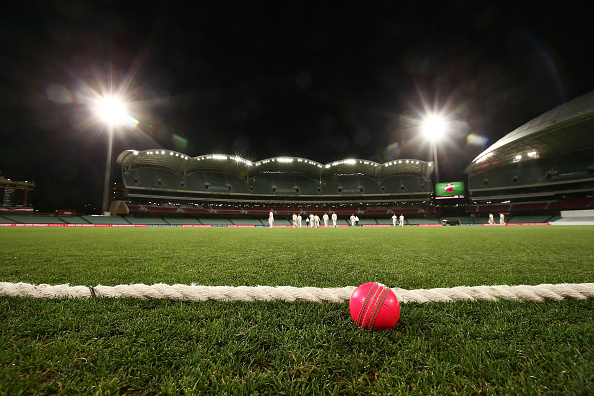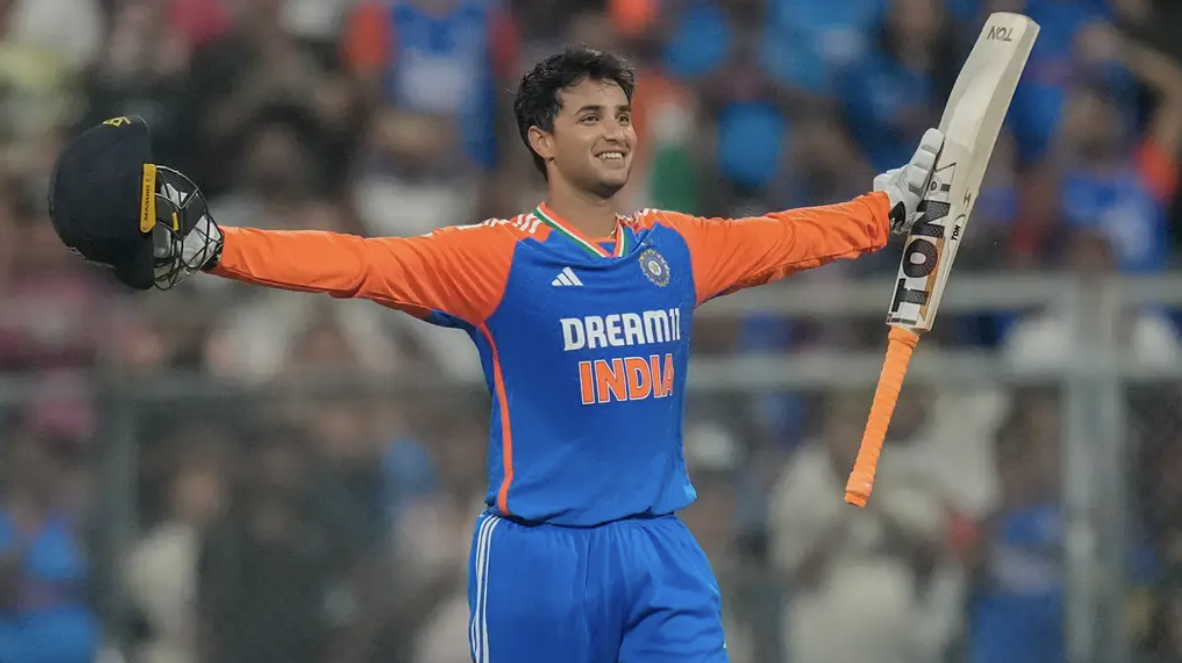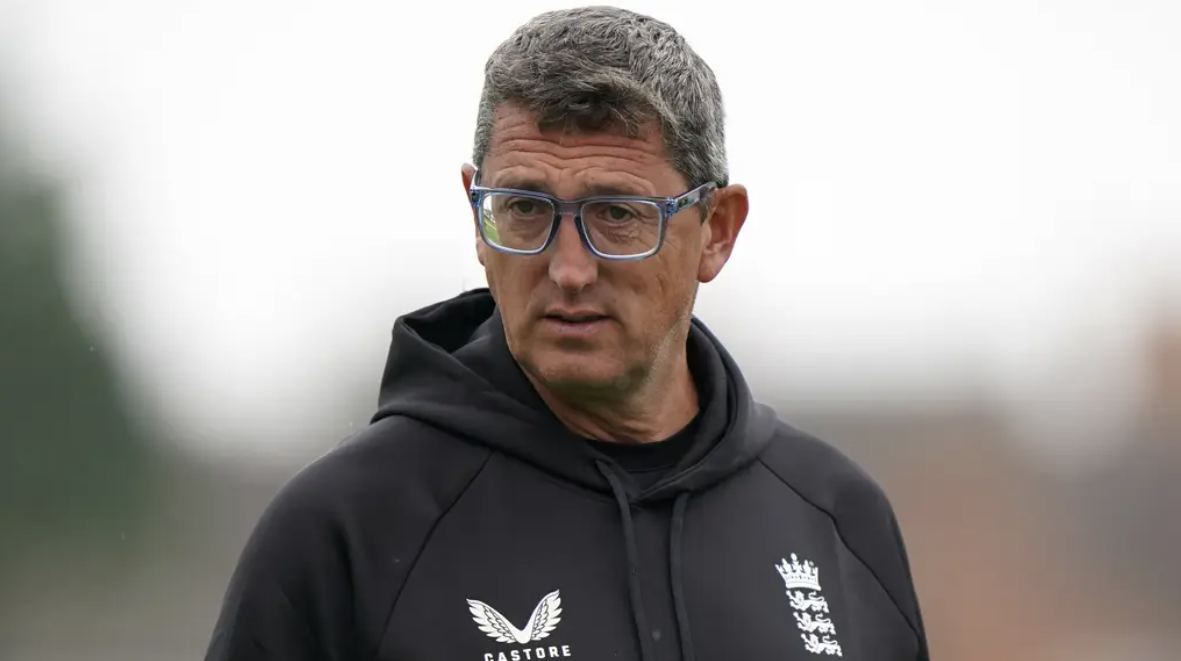
Alison Mitchell analyses the ongoing experiment with day-night Tests and discovers the numbers are still stacking up
What a difference a week makes. The angst that beset a failing Australian cricket team in the build-up to the Adelaide Test match has been replaced by a sense of celebratory optimism after the team’s consolation win over South Africa.
The upheaval in the side and the bluster surrounding ‘sweetgate’ meant there was little time in the days before the match for forensic attention to be paid to the day-night element, as had happened 12 months previously. Pitch preparation and the performance of the pink ball became but a footnote to lengthier columns weighing up the relative merits of using sugary saliva to polish a red ball.
Even after the match began there were none of the hesitant tones which had surrounded the pink ball a year ago. Kookaburra had made small but significant adaptations to the ball, making the seam black and adding an extra layer of colour and hard lacquer to aid visibility and wear.
This, in turn, meant the groundstaff had no need to prepare a surface to specially protect the pink ball, making the contest feel more authentic. The cricket then commanded attention for the battle that it was; a compelling match with a competitive balance between bat and ball, which stretched into the evening of the fourth day and attracted an attendance of 125,993 – a new record for a non-Ashes Test at the Adelaide Oval (it feels churlish to point out that the average daily attendance was therefore lower than last year’s Test against New Zealand which finished inside three days).
Australia captain Steve Smithsummed it up when he said: “I think it was perfect.”
There is no doubt that the pinky-purple hews of an Adelaide sunset add to the visual spectacle of day-night cricket in South Australia’s capital. It looks stunning on TV and is a dazzling backdrop to capture on camera from inside the ground. No doubt, either, that the onset of twilight and the switching on of the floodlights brings forth a frisson of excitement late in the day, as the prospect of the ball suddenly ‘doing a bit more’ livens up proceedings for the spectator.
Test match tactics are already changing, as seen by South Africa captain Faf du Plessis’ early declaration on day one to give his side the opportunity of bowling at Australia with a new ball under lights for the last 45 minutes of the day. The plan didn’t quite pay off on that occasion, but batsmen are learning that patience is needed when the lights come on, especially if the ball is new. Even a batsman who is well set needs to take a fresh approach and knuckle down when the pink ball is at its most dangerous. This all helps to add a new dimension to the delicious subtleties that only a Test match can offer.
Of course, conditions will differ at every ground in every country. The second day-night Test was played in Dubai between Pakistan and the West Indies in October. Whilst the temperature is ideal for watching in the evening, it didn’t draw in big crowds and heavy dew at night led to complaints from the bowlers that the ball went soft too quickly.
Australia play Pakistan in another floodlit Test in Brisbane on December 15. It will be the first day-night Test at the Gabba, so cricket will again be in experimental mode with night falling earlier and quicker than in Adelaide. The weather is less stable and it will be more humid. Crowds for Pakistan Tests in Australia have traditionally been harder to attract than for South Africa, so pink ball cricket will be on trial once again.
Regardless of the outcome in Brisbane, it seems Australia is on a steadfast course to play England in a day-night Ashes Test next year. Cricket Australia CEO James Sutherland clearly stated to ABC Grandstand his desire for the 2017 Adelaide Test to be a floodlit encounter. The South Australia Cricket Association (SACA), who run the Adelaide Oval, are certain they would sell out 50,000 tickets for each of the first four days of an Ashes Test. They are probably right.
England’s first experience of floodlit Test cricket will be at Edgbaston next August against the West Indies. The playing hours of 2pm until 9pm will be useful preparation for the likely Adelaide day-nighter, but swapping lunch and tea for tea and dinner may be the closest they come to replicating what it might be like in the Ashes.
Firstly, the temperature is likely to be a lot cooler in Birmingham and atmospheric conditions could be very different. The late sunset means the floodlights could barely be needed. Secondly, a pink Dukes ball will be used instead of the pink Kookaburra. The two makes were trialled side by side in a 2nd XI county match at Edgbaston last August and whilst the differences were subtle, it was decided that Dukes would supply the balls for floodlit multi-day cricket in the UK.
“There were a couple of things really,” explains Neil Snowball, Warwickshire chief executive. “The Dukes ball, for us, wore better. The seam on the Dukes ball remained prouder, but then it does anyway with the red ball. Both actually behaved a little more like a white ball; once the lacquer had gone off it became difficult to get any shine. Obviously we’re used to playing with Dukes for Test cricket here anyway, so I think that was part of the decision to go with them.”
Tickets for the Edgbaston day-nighter went on general sale on October 10 and Snowball says more than 23,000 tickets have already been snapped up.
“To put it into perspective, that’s more than double for a normal Test, and more on track for what we’d expect for an Ashes Test at this stage. The other thing is that over 40 per cent of the people who have bought tickets so far haven’t previously bought a Test ticket for Edgbaston.”
Whether these are new Test match fans or spectators who might normally attend Test cricket at Trent Bridge, for example, is difficult to say. You would hope that increased gate receipts at the floodlit match won’t mean decreased gate receipts at another ground.
While Adelaide structured their ticket pricing to include special ‘twilight’ tickets especially for the post-work sessions on Thursday and Friday, Warwickshire have so far sold their tickets based on a normal full day of Test cricket. Snowball has, however, been exchanging notes with the SACA chief executive Keith Bradshaw about the concept of the ‘day-night experience’. In Adelaide, that includes a sound stage and live music behind the pavilion for the members.
“We want to respect the traditions of Test cricket but we see there’s an opportunity to do something a bit different. With it being the West Indies we’re looking at the whole beach theme with steel drums, ruck shacks and everything.
“We’re just very excited,” he concludes. “We’re looking forward to making a bit of history at Edgbaston.
Fingers crossed we’ll have some warm evenings.”
This piece originally featured in The Cricket Paper, December 2 2016
Subscribe to the digital edition of The Cricket Paper here







